Check out this week's Xplore on Science - The New Indian Express
12/14/23 at 3:01pm

For over 180 million years, dinosaurs reigned supreme, contributing to the planet’s evolutionary progress. Then suddenly, 66-64 million years ago, they went extinct. Here's more into it.
Viewed by
You are the first to view
House committee debates space mining - SpaceNews
12/14/23 at 3:01pm
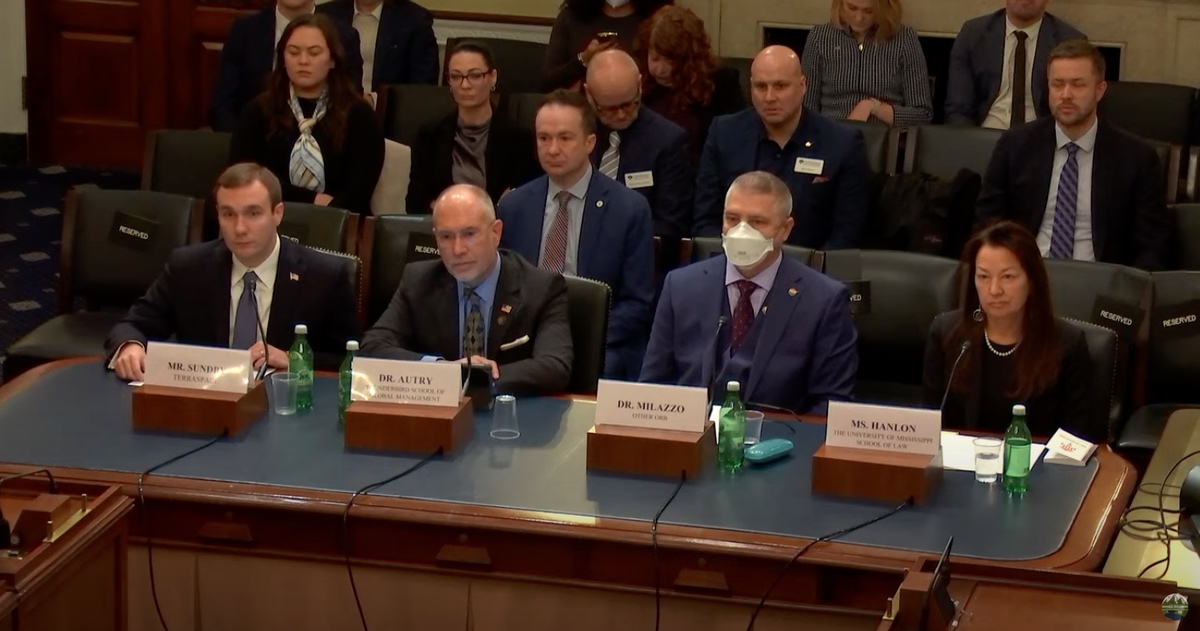
A House hearing on space mining turned into a partisan debate about the viability of the nascent field and the jurisdiction of the committee to examine it.
Viewed by
You are the first to view
Incredible POV Shows Orion Entering Earth's Atmosphere At 32 Times The Speed Of Sound - IFLScience
12/14/23 at 3:01pm

This is the view astronauts will get as they return from the Moon.
Viewed by
You are the first to view
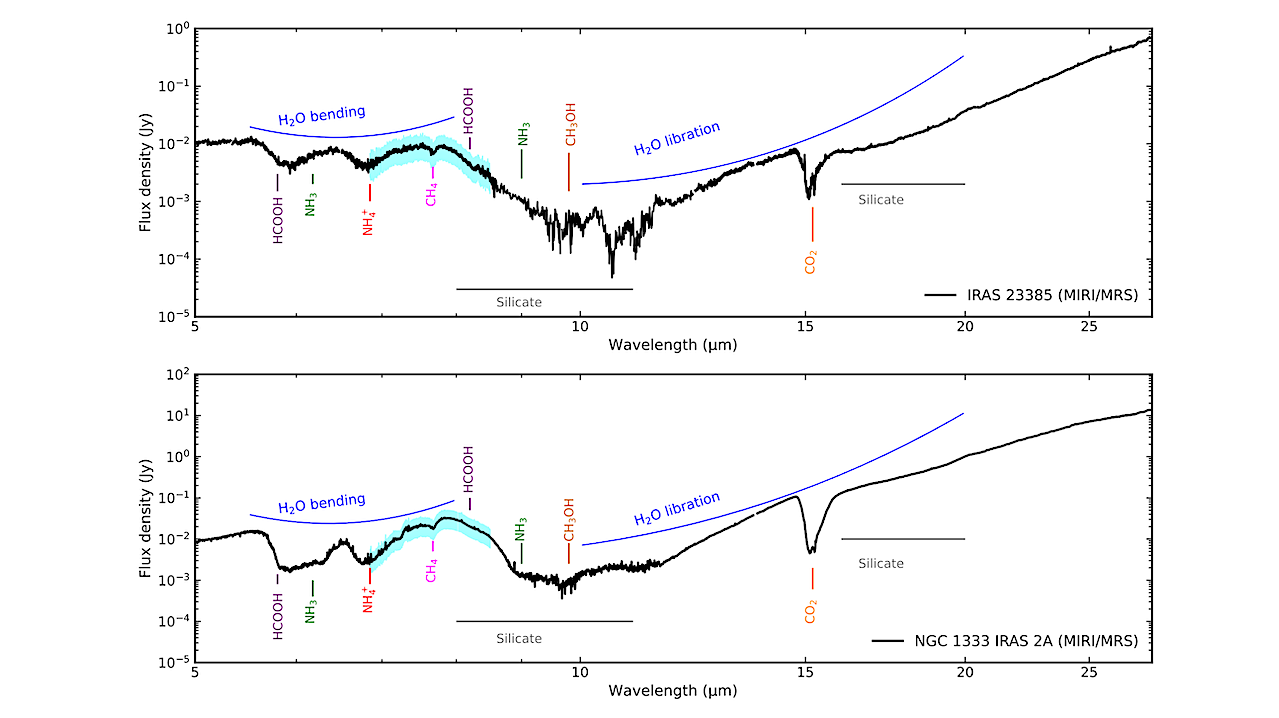
Complex organic molecules detected in the gas phase are thought to be mostly formed on icy grains, but no unambiguous detection of icy COMs larger than CH3OH has been reported so far.
Viewed by
You are the first to view
Indo-Asian News Service-SCIENTISTS UNVEIL FIRST COMPLETE CELLULAR MAP OF ADULT MOUSE BRAIN - IANS India Pvt Ltd
12/15/23 at 3:01am

Indo-Asian News Service
Viewed by
You are the first to view
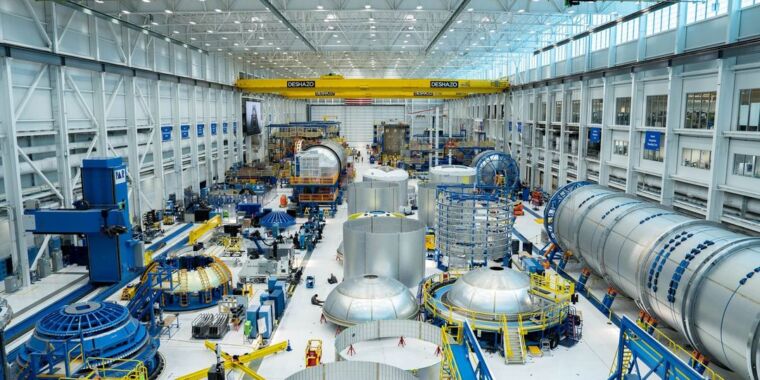
Does Jeff Bezos's heavy-lift rocket really have a shot at launching next year?
Viewed by
You are the first to view

Abstract. Very metal-poor stars ($\rm [Fe/H] < -2$) in the Milky Way are fossil records of early chemical evolution and the assembly and structure of the Gal
Viewed by
You are the first to view
On the effects of photoionization feedback on second-generation star formation in globular clusters of different masses - Oxford Academic
12/14/23 at 3:01pm

Abstract. We simulate the formation of second-generation stars in young clusters with masses of 105 and 106 M⊙ within 30–100 Myr after the formation of clusters
Viewed by
You are the first to view
U.S. to launch third private astronaut mission to ISS - CGTN
12/14/23 at 3:01pm

NASA, Axiom Space and SpaceX are targeting January next year for the launch of Axiom Mission 3 (Ax-3), the third private astronaut mission to the International Space Station (ISS), NASA said on Tuesday.
Viewed by
You are the first to view
Webb telescope image included in White House Advent calendar - The Hill
12/14/23 at 3:01pm

A James Webb Space Telescope (JWST) image of the Cassiopeia A (Cas A) supernova remnant will be included in the White House’s first-ever Advent calendar. In a Sunday news release, NASA said that the image, along with the Advent calendar, was revealed as part…
Viewed by
You are the first to view
Planetarium date: Winter night stargazing - Bangalore Mirror
12/14/23 at 3:01pm
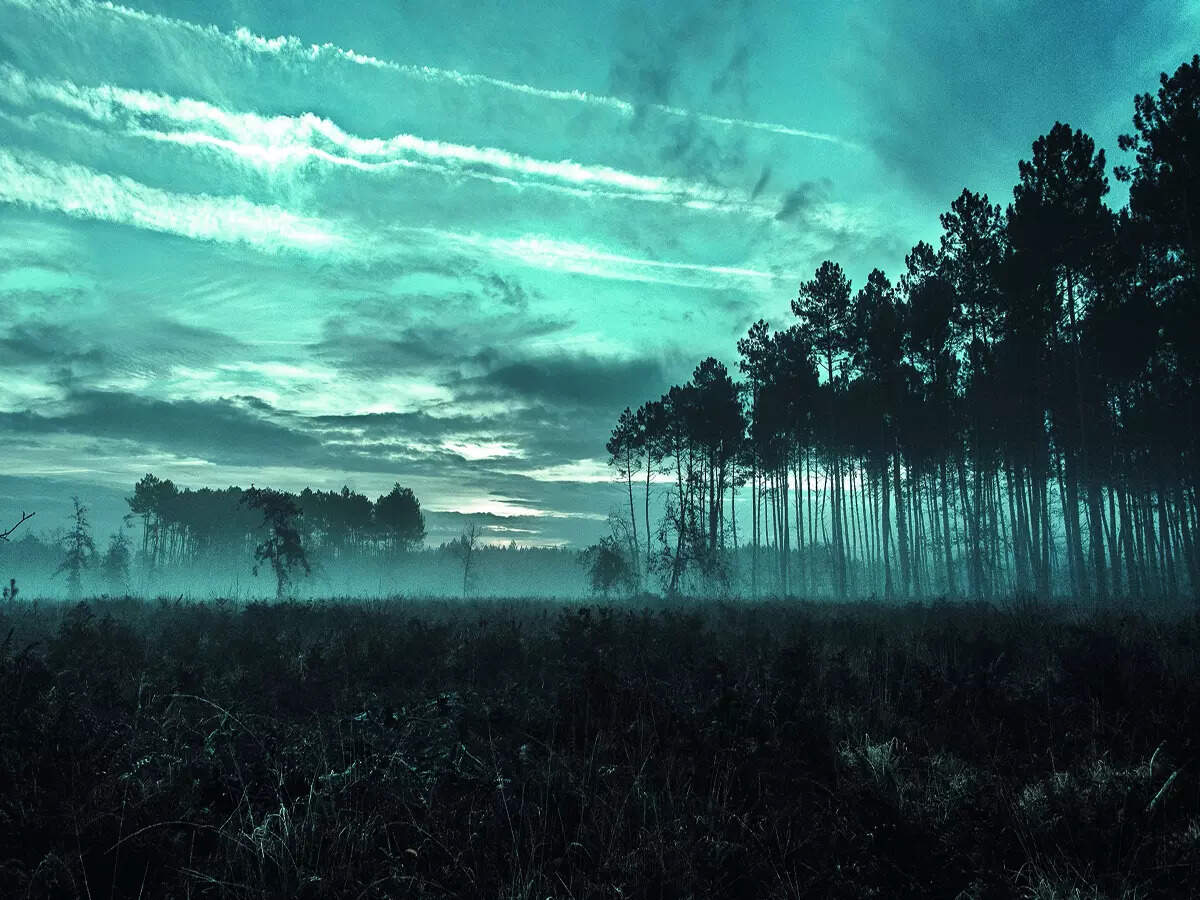
Dr Anand explained, “We wanted to have longer observations. We wanted to give an opportunity to observe the full night.” The extended timeframe will allow attendees to witness how celestial objects m
Viewed by
You are the first to view
A few of my favourite things 2023: Iain Treloar - Escape Collective
12/15/23 at 3:01am
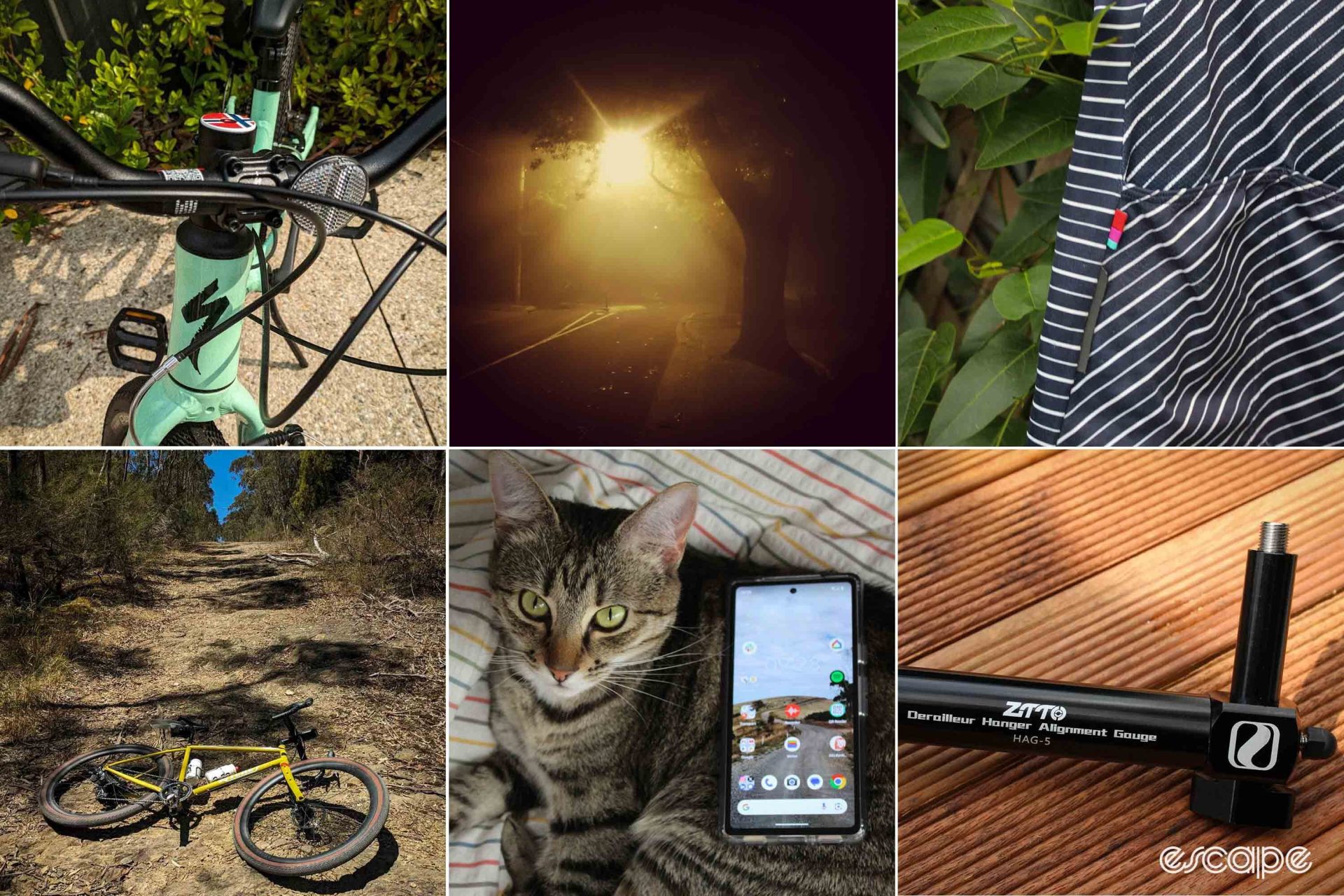
More of the bikes and bits that make life better.
Viewed by
You are the first to view
407-Million-Years-Old Microfossils Reveal Earliest-Known Disease-Causing Fungus - Sci.News
12/14/23 at 3:01am

Potteromyces asteroxylicola parasitized on an extinct species of lycopsid plant called Asteroxylon mackiei, according to a paper published in the journal Nature Communications.
Viewed by
You are the first to view
NASA Blames Probe Chute Failure On Wire Labels - Hackaday
12/14/23 at 3:01pm
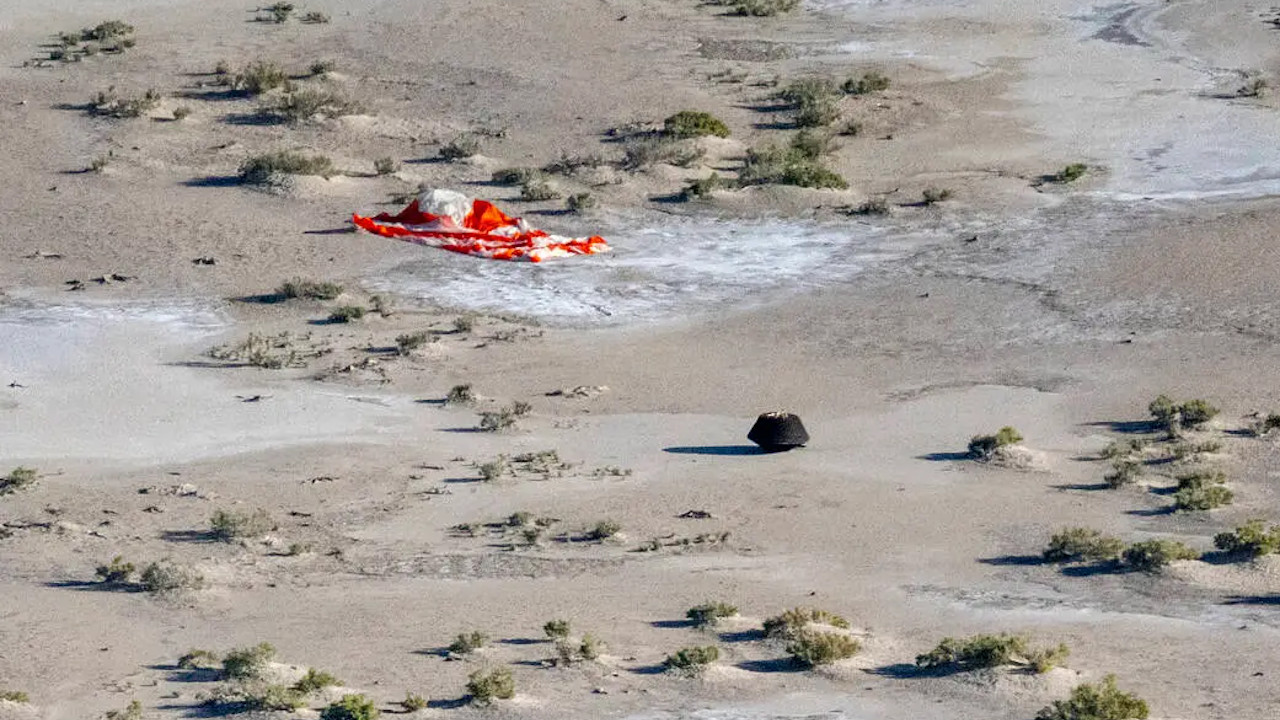
When NASA’s OSIRIS-REx sample return capsule screamed its way through the upper atmosphere, it marked the first time the space agency had brought material from an asteroid back to Earth. Hundreds o…
Viewed by
You are the first to view
The origin of mysterious green ‘ghosts’ in the sky has been discovered - EL PAÍS USA
12/15/23 at 3:01am
/cloudfront-eu-central-1.images.arcpublishing.com/prisa/AHAYAQR4DNFLDG25KOJCCAPOAA.jpg)
Engineer María Passas Varo’s team reveals the causes of a strange electrical phenomenon, which draws spectral figures in storms
Viewed by
You are the first to view
Human Brain Cells on a Chip Can Recognize Speech And Do Simple Math - ScienceAlert
12/14/23 at 1:08am

There is no computer even remotely as powerful and complex as the human brain.
Viewed by
You are the first to view
African animals prefer to graze in spots once inhabited by Iron Age humans - Science
12/15/23 at 3:01am
Viewed by
You are the first to view
Webb telescope captures closest, most detailed glimpse inside a supernova - AppleValleyNewsNow.com
12/14/23 at 3:01am

(CNN) — Thousands of years ago, a star in our galaxy violently exploded and created a glowing supernova remnant called Cassiopeia A that has intrigued scientists for decades.
Viewed by
You are the first to view
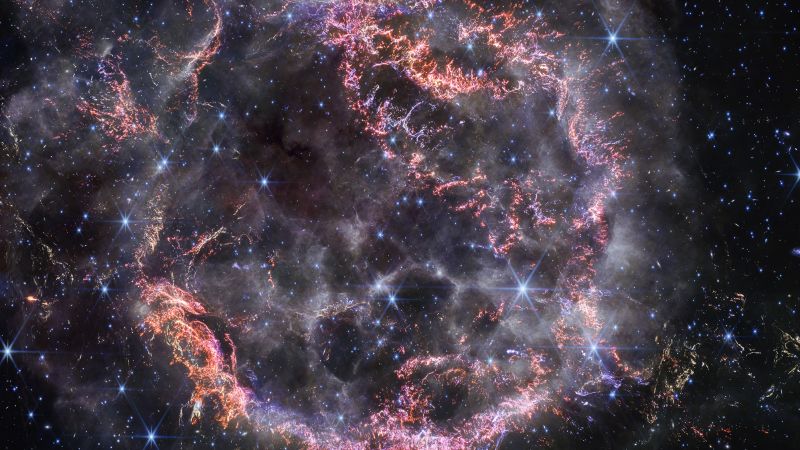
The James Webb Space Telescope was used to peer inside Cassiopeia A for an unprecedented look deep within the remnant of a star that exploded thousands of years ago.
Viewed by
You are the first to view
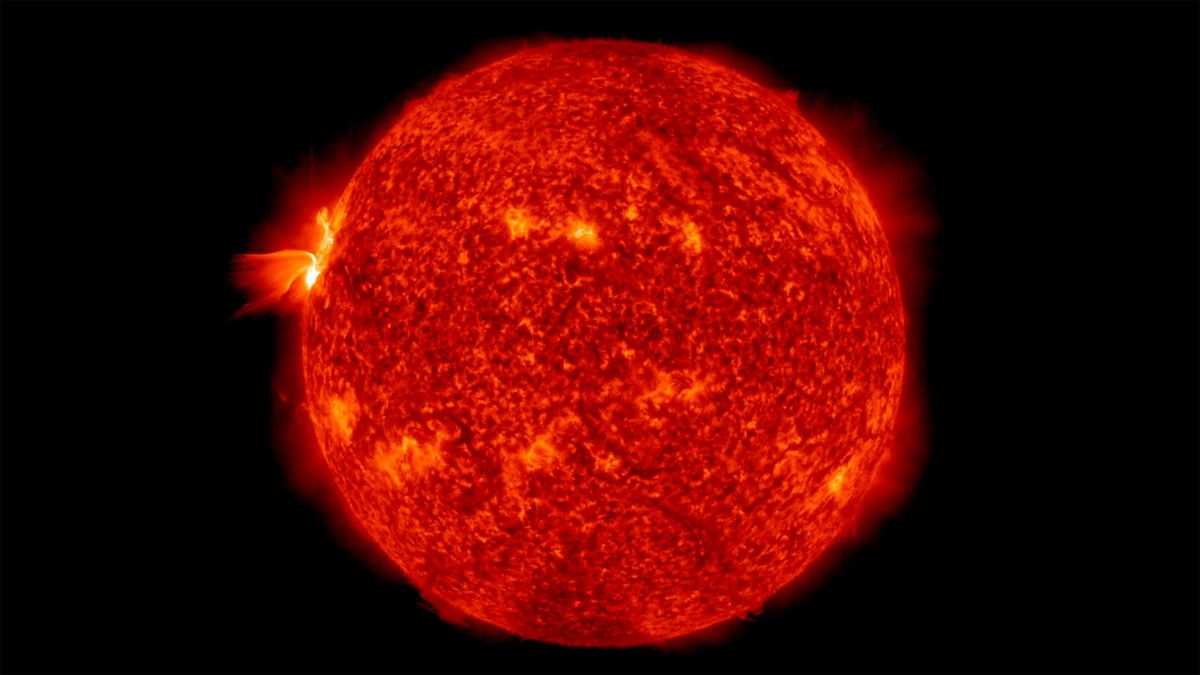
While such events are rare, the risk is real, researchers say.
Viewed by
You are the first to view
Siblings who were once close are grieving their estrangement as adults - Business Insider
12/14/23 at 3:01pm
TikTokers are convinced that it starts with our parents — but an expert said reconciliation often occurs later in life.
Viewed by
You are the first to view
Scientists Identify New Species of Marine Animal - TickerTV News
12/14/23 at 3:01pm

Scientists Identify New Species of Marine Animal - TickerTV News
Viewed by
You are the first to view
Cubesat offers template for future astronomy missions - SpaceNews
12/15/23 at 3:01am
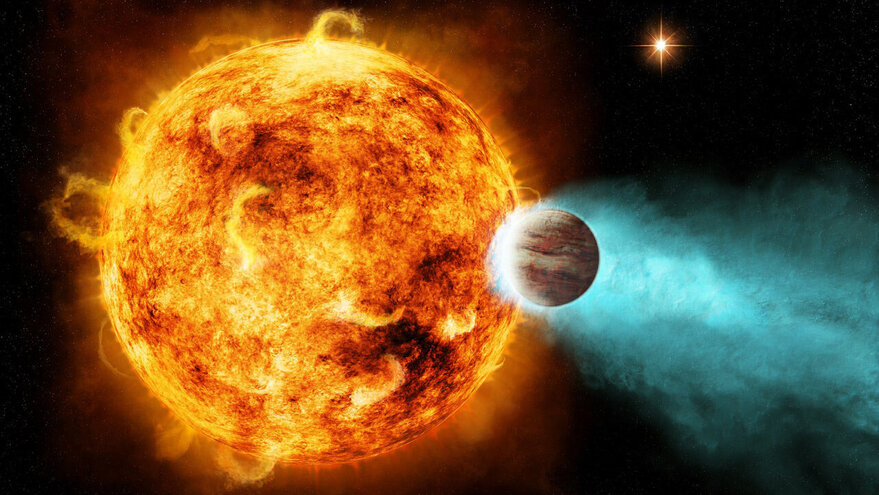
The first NASA-funded small satellite for exoplanet science is continuing to gather data well beyond its expected lifetime.
Viewed by
You are the first to view
In a 1st, scientists combine AI with a 'minibrain' to make hybrid computer - Livescience.com
12/14/23 at 3:01pm

Researchers plugged a "brain organoid" into an artificial intelligence system, using the neural tissue to help complete computational tasks. The experiment could mark a step toward "biocomputers."
Viewed by
You are the first to view
Researcher discovers new technique for photon detection - Phys.org
12/14/23 at 3:01pm

University of Central Florida researcher Debashis Chanda, a professor at the NanoScience Technology Center, has developed a new technique to detect photons—elementary particles that span from visible light to radio frequencies and are instrumental in carrying…
Viewed by
You are the first to view